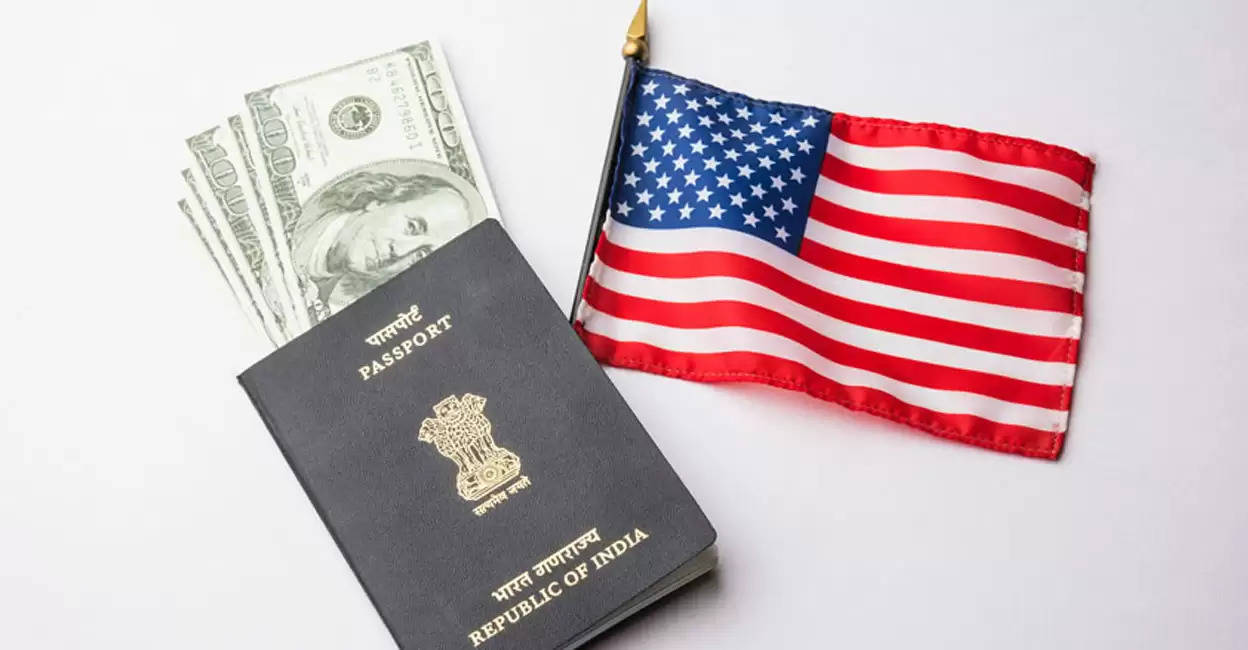Because of the antiquated H-1B visa rules, Indian talent is migrating to Canada, according to US legislators.

According to Stuart Anderson, executive director of the National Foundation for American Policy, highly competent foreign nationals, especially international students, prefer Canada to America.
Because of the antiquated H-1B visa program, highly sought-after Indian talent is now flocking to Canada in huge numbers, rather than the United States, immigration and policy experts have warned US legislators.
Experts stated on Tuesday that this is mostly due to the per-country quota on awarding employment-based green cards or permanent residency, asking Congress to act quickly to prevent Indian talent from migrating to Canada from the United States.
Without Congressional action, the overall backlog for Indians in all three employment-based categories will grow from 9,15,497 people now to 21,95,795 people by fiscal 2030, according to Stuart Anderson, executive director of the National Foundation for American Policy.
In his testimony before the House Judiciary Committee-Subcommittee on Immigration and Citizenship, he stated, “We should let that statistic sink in: Within a decade, more than 2 million individuals will be waiting in line for years, if not decades, for employment-based green cards.”
Speaking in front of the panel on “Oh, Canada!” Anderson claims that highly qualified foreign nationals, particularly international students, are selecting Canada over America because of outdated US immigration policies.
“This is in reaction to how difficult it is to work in H-1B status or obtain permanent residency in the United States, and the relative simplicity with which international students and foreign nationals may work in temporary status and subsequently obtain permanent residence in Canada,” he explained.
According to a National Foundation for American Policy review of US government statistics, the number of overseas students from India enrolled in graduate-level computer science and engineering at US colleges decreased by more than 25% between the 2016-17 and 2018-19 academic years (NFAP).
To put the drop in perspective, foreign students make up around 75% of full-time graduate students in computer science at US institutions, and two-thirds of international students at the graduate level in computer science at US universities were from India in the 2016-17 academic year.
Although fewer Indian students were going to America, the number of Indian students attending Canadian institutions increased by 127 percent from 76,075 in 2016 to 1,72,625 in 2018, according to the Canadian Bureau for International Education.
“Than summarise, Canada’s immigration rules are far superior to those of the United States in terms of encouraging the admission of brilliant persons. Before cellphones, e-commerce, social media, cloud computing, and everyday internet use increased the need for high-skilled technical workers, Congress created America’s rules in 1990. Since 1990, the globe has changed dramatically. “Immigration policy in the United States has not changed,” Anderson added.
The Canadian government has made it easier for businesses to recruit and retain employees. Numerical limits on high-skilled temporary visas, on the other hand, prevent the great majority of foreign-born candidates from working in the United States in any given year, according to Anderson.
Employers filed 3,08,613 H-1B registrations for cap selection for FY 2022 in March 2021, however only 85,000 H-1B petitions were approved. “This indicates that more than 72% of H-1B registrations for high-skilled foreign nationals were denied even before an adjudicator examined the application,” he added.
According to Jennifer Young, CEO of Technology Councils of North America, fast-growing Canadian firms may employ highly-skilled foreign personnel, or those with skillsets most typically found among H-1B applicants in the United States, in as little as four weeks. In comparison, the US immigration system is paper-based, causing considerable processing delays for virtually all applicants, she added.
According to Jennifer Young, CEO of Technology Councils of North America, fast-growing Canadian firms may employ highly-skilled foreign personnel, or those with skillsets most typically found among H-1B applicants in the United States, in as little as four weeks. In comparison, the US immigration system is paper-based, causing considerable processing delays for virtually all applicants, she added.
Sudip Parikh, the CEO and Executive Publisher, Science Journals, American Association for the Advancement of Science, told lawmakers that US immigration policies must reflect a 21st-century approach, just as Congress is currently working on legislation to advance research and innovation in critical technologies to compete with China.
Parikh asked Congress to extend dual-purpose visas to include foreign student visas (such as F-1 visas) to seek permanent residency and change post-graduation immigration legislation to make it easier for talented graduates to find jobs.
He urged Congress to continue to exempt higher education and research institutions from the H-1B visa cap, saying that “some organizations have recommended proposals to ‘staple a green card’ to international students graduating with a diploma in specific, targeted fields of study to meet US demands.”
.png)